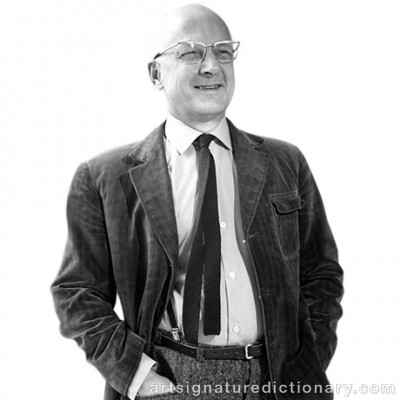
Kaj FRANCK
1911–1989, Finland
Biography
Discover the life and artistic journey of Kaj, Gabriel FRANCK (born 1911, 9/11, Finland, died 1989, 26/9, Finland), including key biographical details that provide essential context for signature authentication and artwork verification. Understanding an artist's background, artistic periods, and career timeline is crucial for distinguishing authentic signatures from forgeries.
Born in Vyborg, Finland. Kaj Franck is described as the conscience of Finnish design. He removed everything excessive in his designs, leaving only the essentials. Kaj Franck has been awarded a large number of Finnish and international awards and prizes and his work has been displayed at a range of design museums around the world. Some of his most famous objects are the Teema tableware and the glass series Kartio.
--------------------------------------
Considered one of Finland's most prominent designers, Kaj Franck started as a mediocre student in a school in Brändö close to Helsinki. In his own recollection drawing was the only subject he mastered well. At the age of sixteen he entered the Taideteollinen Korkeakoulo / Centralskolan för Konstflit. (Central school for crafts) for an education as draftsman and in 1929 he continued with a furniture making education. By the time he was on the verge of being thrown out because of bad results in geometry and wood sculpture, the last subject was dropped and the young Kaj Franck graduated in 1932.
After a short lasting catalogue drawing job for the lighting fixture manufacturer Taito Oy, (some biographies mention that he designed some fixtures which was not the case) he got a similar task at the Riihimäki glass factory but never got a chance to design anything. A number of short jobs from window decorator for Te-Ma Oy , textile design for the United Wool Factory, poster designs and children books illustrator kept him going until he was drafted for the finnish army.
Almost by accident he met Kurt Ekholm, the artistic director of Arabia in 1945. Ekholm was looking for someone to take on the task of developing more functional products for Arabia who was mostly known for ornamental ceramics. He joked with the fun loving Kaj Franck suggesting that he might have some talent for working on a potters wheel (They had met rowing and Kaj Franck could not keep the boat in a straight line but kept turning in circles)
Franck soon became fascinated by the production process but credited his admiration for Gustavsberg's Wilhelm Kage and for the French cubist, Georges Braque as main inspiration. When the former sales director Holger Carring became general manager, Kaj Franck got the opportunity to design "Kilta" the tableware he became best known for. Shown first in 1953 in Copenhagen, these stoneware products became the best known and best sold line of Arabia. In the first 20 years 25 million pieces were produced. When the Notsjö/ Nuutajärvi glass factory was destroyed by fire and acquired by Wärtsilä, Arabia's owner, Arabia's Gunnar Stahle asked Kaj Franck to design for them. He had won a number of Iittala design competitions (one ex equo with Tapio Wirkkala) and felt quite confident with the new assignment.
By the time he turned 44, he received one distinction after the other. The Alsa grant allowed him to study design and design education in the U.S.A. He received the Lunning award in 1955, The Compasso d'Oro in 1957 in Italy where he had already been awarded the Grand Prix of the Milan Triennale in 1954.
Although involved in design education in his former school since 1946, he became very influential through his work at the school in 1960 when he developed a new basic course for all divisions of the school. He always credited MIT and Edgar Kauffmann who had introduced him to MIT Boston for having provided most of the inspiration for that basic course. He left Arabia in 1973 but accepted to re-design Kilta in the late seventies. His career in glass included his work for Nuutajärvi/Notsjö where he became design director in the early fifties. In 1952 he hired two Italian glass blowers from Murano and some of his glass from that period clearly shows Italian influences. He did not leave Nuutajärvi until 1976.
After retiring from teaching he continued to design. Sarvis Oy's plastic table and flatware are fine examples of that late period. Until his dead, he was involved in occasional teaching and conferences. Like many Scandinavian designers his concern for democratic design, accessible to all, was as important as was his commitment to innovative functionalism.
K.D.W.
Source: https://www.iittala.com/Designers/Kaj-Franck/c/Kaj%20Franck http://www.designaddict.com/
Explore other artists
Discover other notable artists who were contemporaries of Kaj FRANCK. These artists worked during the same period, offering valuable insights into artistic movements, signature styles, and authentication practices. Exploring related artists makes it easier to recognize common characteristics and artistic conventions of their era.